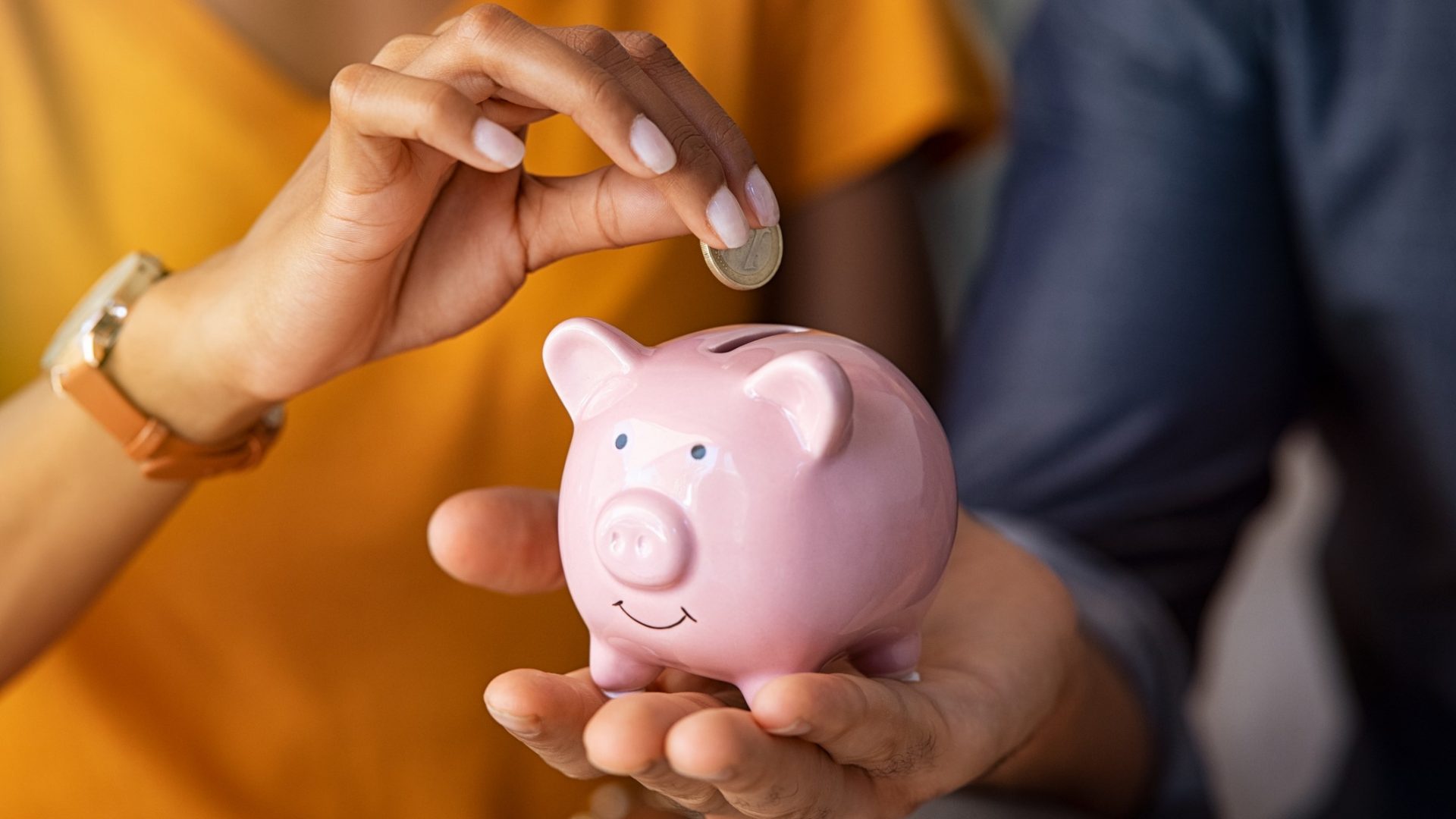
Menu
Since its launch in Australia in 2016, Facebook Marketplace has quickly become the go-to shopping forum for Aussies, with over a billion monthly users worldwide. Unfortunately, there is also a massive rise in scams, with 9 out of 10 online shopping scam victims saying they were scammed through Facebook or Instagram in 2021.
Co-founder Rob Neely said, “So many people have unfortunately paid for items and services which don’t exist or are not as advertised. On the other side, items have not been sent or services provided as agreed”.
Scammers are savvy and use various methods to trick you up on Marketplace. They often pretend to sell goods and services which don’t exist, along with transactions ending up in a delivery scams or phishing schemes targeting potential buyers. They also try to get you in by ‘selling’ an expensive item for a low price.
Scam Sellers
Scam Buyers
A ‘buyer’ will contact the seller regarding a listing that initially seems genuine.
They will then let the seller know they can’t meet in person and sometimes advise that they will send a friend or relative.
The scammer will then send a fake email saying there was an issue because PayID limits exist on non-business accounts.
They advise you as the seller that you must first transfer funds to increase your PayID limit so that payment can be released. As soon as this is done, they promise you will receive a refund and their payment.
Unsuspecting sellers are then tricked into sending money to the scammer.
Do your research on their profile. Is their profile new, is there a lack of information, or do they have lots of spelling and grammar mistakes. Scammers often make new profiles and use different languages in their feeds.
Continue to communicate on Marketplace. Australia’s consumer watchdog says the key to avoiding scams is to keep communication and transactions within a secure platform.
The buyer will create a sense of urgency and may offer more money. If it seems too good to be true, it probably is.
The ACCC also warns us to be wary of very low prices, often lower than comparable or identical items on other websites.
“Slow down and consider whether a sale is too good to be true,” the spokesperson said.
Use Securely to pay or request payment. Securely stop scammers, as they won’t want to use the secure site for payment.
According to the ACCC, Scammers commonly ask for payment methods like pre-loaded gift cards, bank or international funds transfers, and cryptocurrency, making it harder to recover funds.
Check out our blog now on where to get help and the best steps to take.
SECURELY HOLDINGS PTY LTD is registered as an independent remittance provider Registration Number IND100809706-001. Copyright 2023 Securely-App All Rights Reserved.
Acknowledgement of Country
The management and staff of Securely Holdings recognises the Kabi Kabi (Gubbi Gubbi), the First Peoples of the land on which we work and reside and their ongoing connection to culture and country. We acknowledge First Nations Peoples as the Traditional Owners, Custodians and Lore Keepers of the world’s oldest living culture and pay respects to their Elders past, present and emerging.